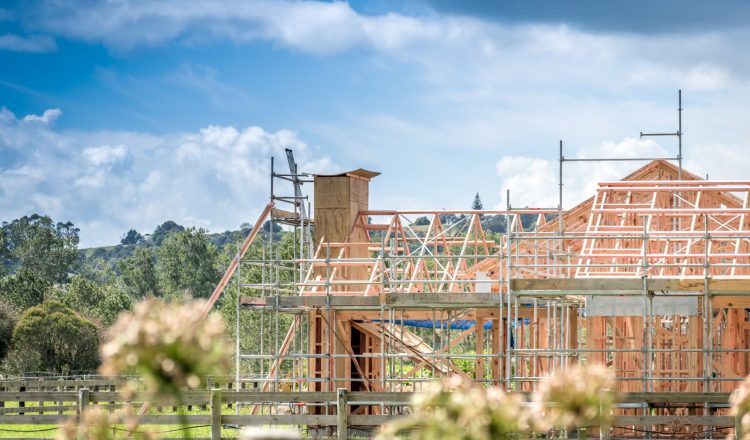房地产投资
对于新西兰许多人来说,房地产是一种流行的投资形式。投资房产和房屋之间的区别在于所有者从房产中赚取收入,而不仅仅是住在那里。房地产投资的回报来自租金收入和房地产价值随时间推移的任何增加。
尽管房地产投资不被认为是赚钱的简单方法,因为提取资金需要时间,而且还有很多隐藏费用。但是,随着价格的上涨,这对长期利润是很好的。
借钱购买出租物业比您将要居住的房产更难。贷款人对投资物业的贷款限额较低。但是,一些贷款人和抵押贷款经纪人在投资贷款方面具有特殊的专业知识,因此最好尝试与其中一个人取得联系
风险是什么?
房地产投资被广泛称为安全类型的投资,仅因为你的资金被投入了不太可能恶化的东西。但是,就像所有事情一样,存在一些风险。
- 利率很多增加,因此从物业赚取的任何资金都可以降低
- 如果您使用与自己的房屋同一家银行抵押投资物业,那么如果您在支付任何一项抵押贷款时遇到问题,则银行可能会出售这两种房产的风险。最好避免这种情况。
- 在任何时候,贷款人都可以意外要求您偿还抵押贷款,如果您无法足够快地出售房产,那么您将无法而且将会处于部门。
- 房地产市场不断波动。如果你需要快速出售自己的房屋,或者只是真的想在房地产市场下跌的时候摆脱它,那么你最终可能会损失房屋的钱,而且在出售后仍然欠贷款人。
涉及 很多工作吗?
房地产投资通常需要一些工作,而且比说投资股票或储蓄银行费时更多。但是,它可能会有更大的支出。任务需要很多时间,例如寻找合适的房产、做任何工作以使其宜居和舒适以及寻找租户。一旦完成所有这些工作,将来还有更多不可避免的工作,包括安排和维护工作,或者在旧租户离开的情况下寻找新租户。
如果投资者没有这个时间或不想自己做,那么有办法可以解决这个问题。您可以聘请物业经理或使用房地产代理为您执行这些维护任务。拥有其中一个会花费你的钱,但这确实意味着你可以为自己腾出时间,并且知道专业人员正在照顾它,轻松休息。
还有 什么其他方法可以投资房地产?
您还可以通过其他方式投资房地产。可以投资于购买和出售商业地产的管理基金。这可能是他们欠办公楼、购物中心或工厂等房产。这也可能意味着他们拥有拥有房产的资金股份。

















































